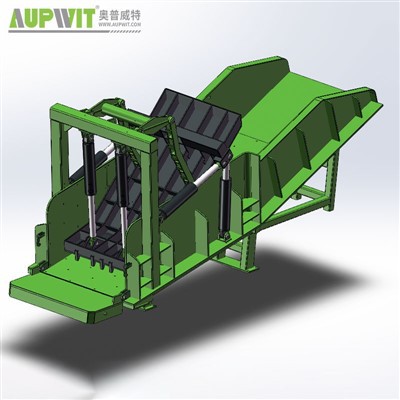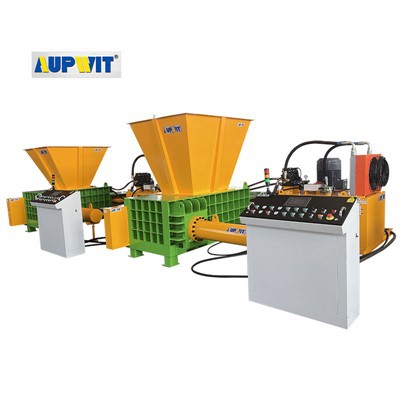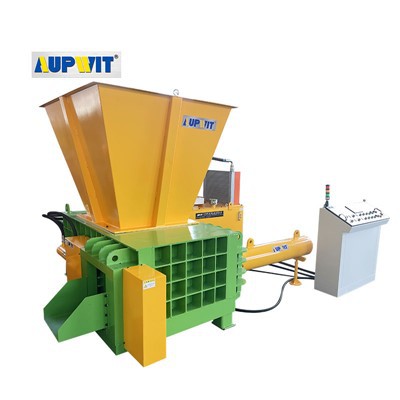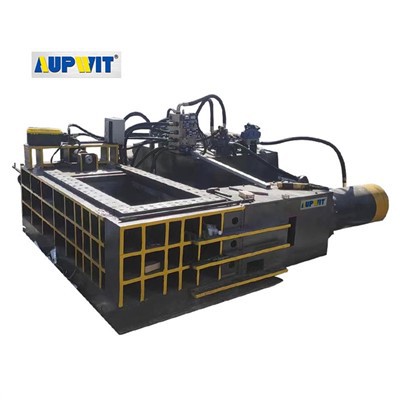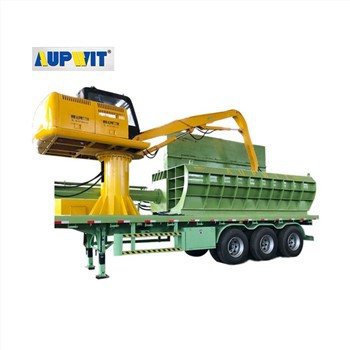Plastic Waste Loading Procedures
1
Material Pretreatment and Screening
- Remove non-plastic impurities (metal, rocks, glass) before loading
- Prevent hard objects from causing equipment wear or jamming
- Split or cut oversized plastic waste to fit feed inlet specifications
- Keep processed waste as dry as possible
- Minimize moisture impact on compression and components
Proper pretreatment significantly extends equipment lifespan and maintains processing quality.
2
Understand Feed Specifications
- Identify suitable plastic types and forms for processing
- Check feed inlet is clean and unobstructed
- Remove debris from previous operations
- Confirm proper feed direction and placement
- Avoid forcing material into undesignated areas
- Review all safety warning signs before operation
Operator familiarity with equipment specifications prevents 85% of common loading issues.
3
Even Loading and Layered Filling
- Maintain steady loading rate to avoid overloading
- Use layered filling with brief pauses between loads
- Allow material to distribute naturally before next load
- Clump lightweight film waste into balls before loading
- Observe material distribution in compression chamber
- Adjust loading angle for even coverage
Proper loading techniques improve compression efficiency by 30-40%.
4
Monitor Status and Adjust
- Monitor equipment sounds and feeding conditions
- Stop immediately if unusual noises or poor feeding occur
- Slow loading rate when chamber approaches capacity
- Ensure feed port is securely closed before compression
- Clean remaining waste around feed port after loading
Continuous monitoring prevents equipment damage and ensures optimal operation.


